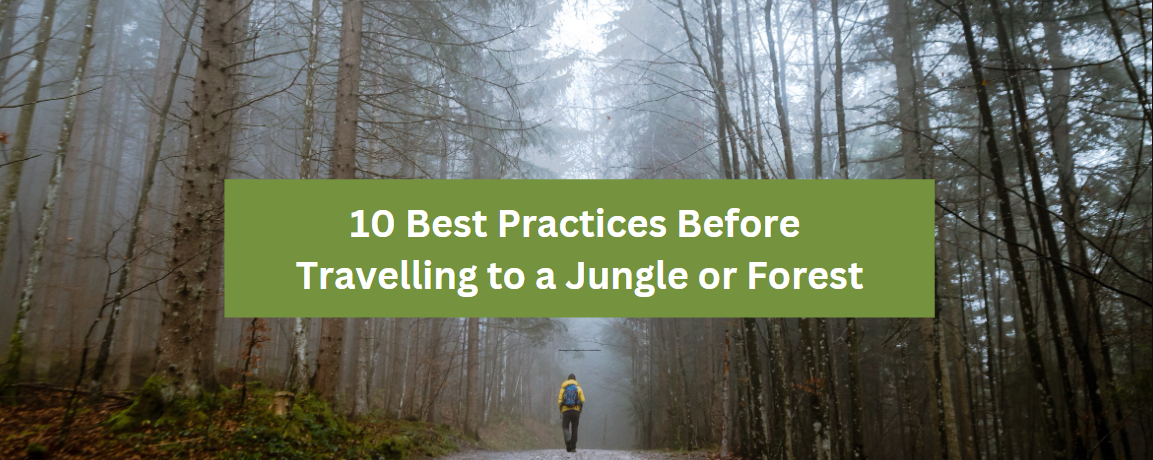Travelling to a forest can be a wonderful and rejuvenating experience if you’re going for a hike, camping trip, or enjoying the natural beauty and tranquillity of the woods. Travelling to a forest or jungle can be an exciting adventure but contains challenges and potential risks. To ensure a safe and enjoyable trip, here are 10 best practices to consider before embarking on your forest or jungle journey:
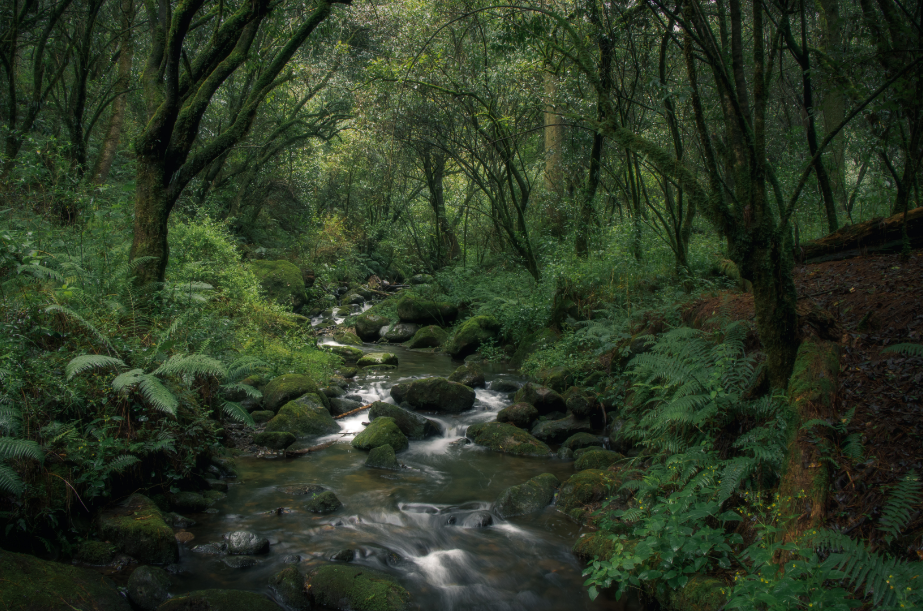
1) Research and Planning:
Prior research on key factors such as location, climate, the type of ecosystem, and the best time of year to travel to, understanding the potential risks and hazards, are among the ten best practices to perform before travelling to the jungle. Different seasons offer unique experiences in the forest, from spring wildflowers to fall foliage. It will assess your packing of suitable apparel and gear.
2) Obtain Necessary Permits:
Obtaining necessary permits before travelling to a forest is one of the ten best practices to ensure you comply with regulations and protect the environment. Permit requirements vary widely depending on the specific forest or wilderness area you plan to visit. Research the official website of the forest or park you plan to visit. They typically provide detailed information about permit requirements and application processes. Do not forget to contact the relevant forest service or park ranger station for guidance and assistance in obtaining the necessary permits.
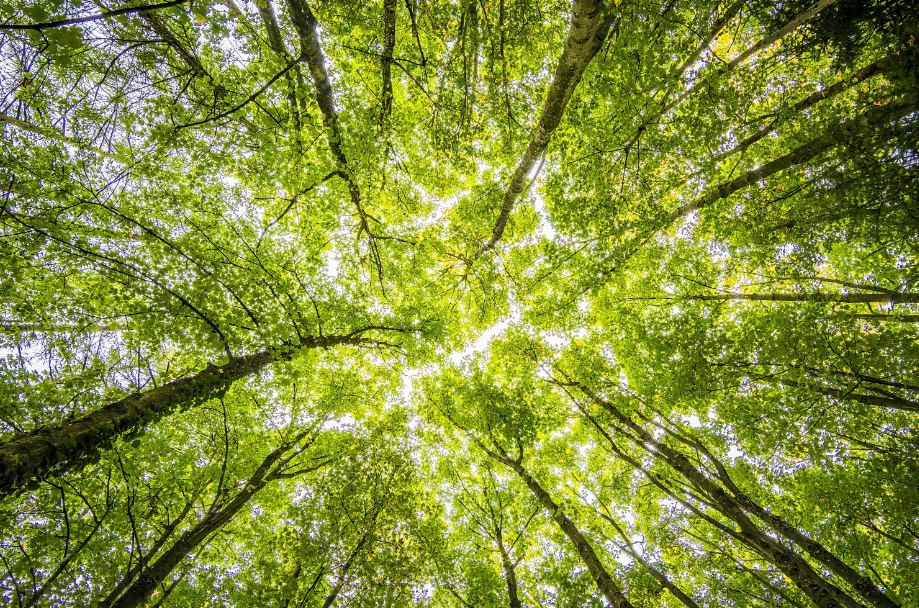
3) Vaccinations and Health Precautions:
Travelling to a forest or other natural areas can be a great adventure. It is pertinent to take certain health precautions to ensure your safety. Before planning your trip, it’s a good idea to consult with a healthcare professional or travel medicine specialist. They can provide personalised advice based on your health history and the specific destination you plan to visit.
Research the specific health risks associated with your forest destination. Depending on the location, you may need vaccinations for diseases like yellow fever, Japanese encephalitis, or tick-borne encephalitis. You can seek advice from a healthcare specialist to decide which vaccines are necessary.
4) Pack Appropriately:
Make sure to dress in lightweight, moisture-wicking, and breathable clothing suitable for the climate. Wear sturdy, comfortable, and waterproof hiking boots. Bring essential gear like a quality backpack, rain gear, first-aid, and a headlamp with extra batteries. Remember that the items you need may vary depending on the season, location, and the forest. Appropriate packing is one of the ten best practices you should consider before heading to the forest.
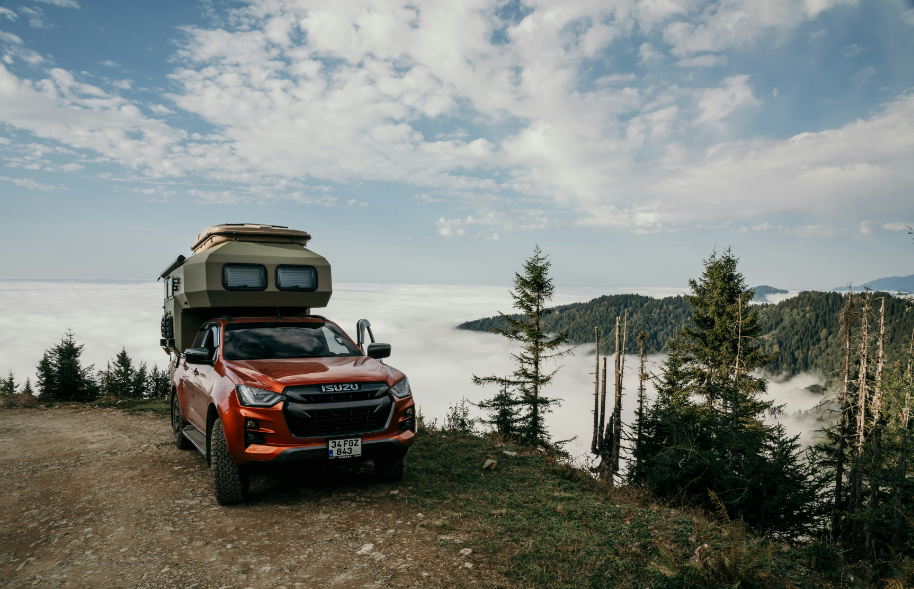
5) Bug Protection:
Mosquitoes and ticks are common in forests and cause diseases. So, it is one of the ten best practices to carry essentials to protect yourself from bug bites. Utilize insect repellent to guard yourself against mosquito-borne ailments. Consider packing a mosquito net if you plan to camp. Permethrin is an insect repellent to apply on clothes and gear, creating a barrier that repels and kills insects on contact. You can use essential oils like citronella, lemon eucalyptus, and lavender to the skin or clothing to provide some protection. It is among the ten best practices that can evade undue issues.
6) Navigation Tools:
Forests can be dense and disorienting, so having the right tools is among the top ten practices you can perform. Carrying navigation tools is among the ten best practices of forest travel. Navigation tools for forest travel are essential for staying safe and finding your way in the wilderness. Have a backup navigation method, carry extra batteries, a GPS Device, Smartphone apps, and handheld GPS units, and let someone know your itinerary and expected return time before venturing into the wilderness. Additionally, be prepared for changing weather conditions, as they can affect your ability to navigate effectively.
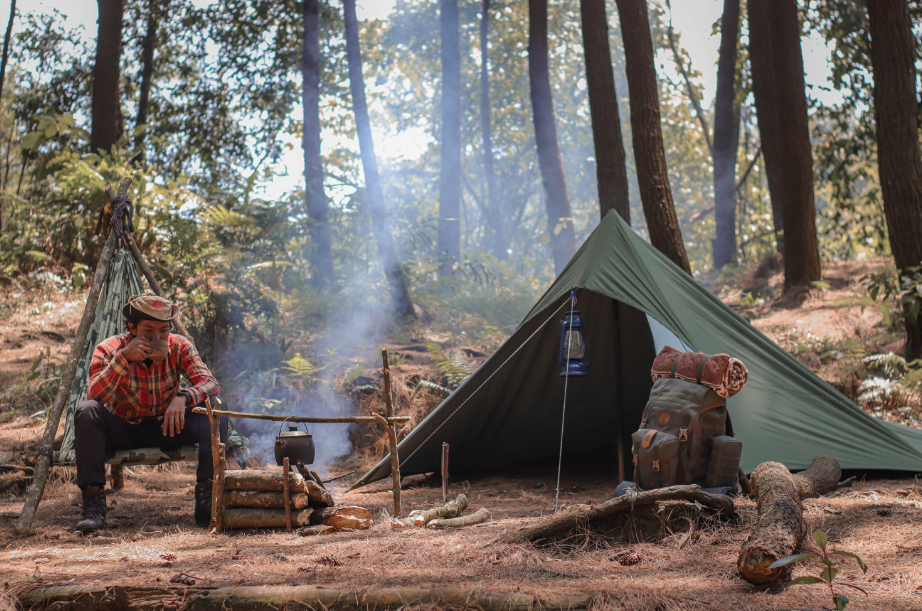
7) Wildlife Awareness:
Wildlife awareness before travelling in a forest or any natural habitat is crucial for your safety, the well-being of the wildlife, and the preservation of the environment. You can familiarise yourself with local, state, or national park regulations and guidelines regarding wildlife interaction, camping, and hiking. Follow all rules and regulations. Do not forget to learn about the signs of wildlife presence, such as tracks, scat, and markings. Familiarise yourself with emergency procedures in case of wildlife encounters, such as how to react to encounters with bears, snakes, or other potentially dangerous animals.
8) Hydration and Water Purification:
Remember that staying hydrated and ensuring the safety of the water you consume is essential for your safety and comfort while in the forest. Assure a plan, carry the necessary equipment, and take precautions to confirm you have access to clean and safe drinking water during your journey. Carry enough water and water purification tools (e.g., water filters or purification tablets). It is among the ten best practices to stay hydrated to prevent dehydration, especially in hot and humid environments.
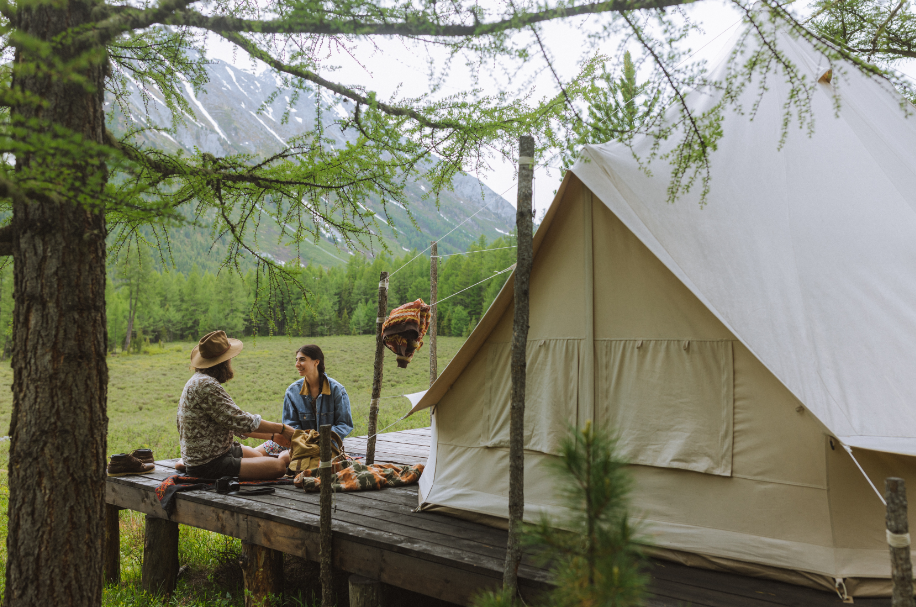
9) Leave No Trace:
“Leave No Trace” is a set of principles designed to promote responsible outdoor ethics and minimise human impact on natural environments, including forests. Before travelling in a forest, prepare yourself to follow these principles to preserve the environment and leave it as pristine as possible for future generations. It is among the ten best practices that protect the forest ecosystem and ensure that it remains a beautiful and natural place for future generations.
10) Emergency Communication:
Before embarking on a trip into a forest or any remote wilderness area, it’s essential to plan for emergency communications to ensure your safety. Remember to carry a fully charged cell phone, personal locator beacon, a satellite phone, an emergency whistle, or other signalling devices like a signal mirror or flare. If you will with a group, consider using two-way radios for communication within the group. Follow this one of the ten best practices for your safety.
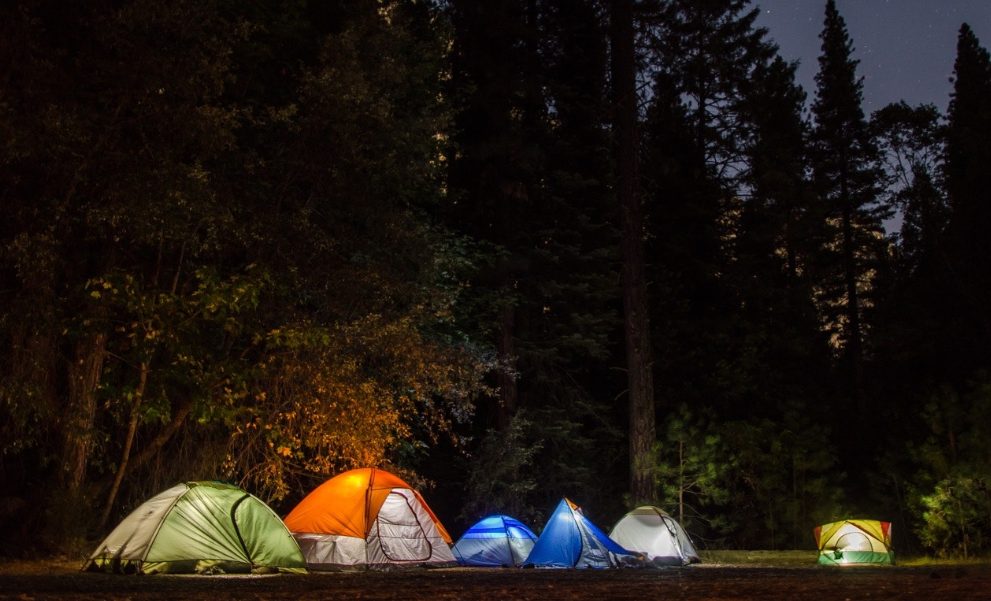
Conclusion
Forest excursions can be the most fascinating and adventurous voyage. It has some challenges as well. Remember to keep yourself safe and make the most of your next holiday out in the wild, follow the aforementioned best practices. These will help you have a great time and stay cautious of the risks and hazards on an adventure in a forest or jungle. Be it a safari expedition or a camping trip, live amidst nature and make your next holiday memorable. Book cheap flights and holidays only with MyFlightPal.

